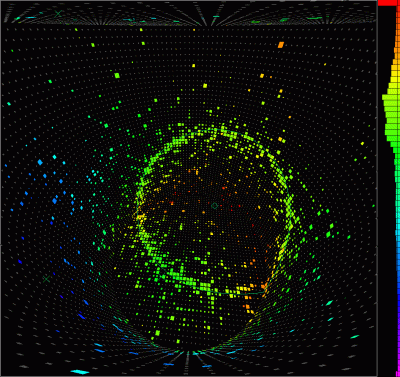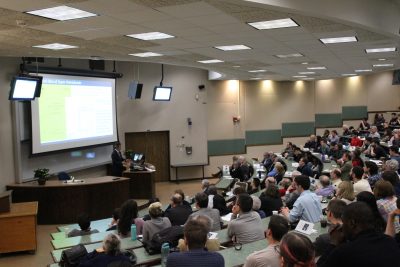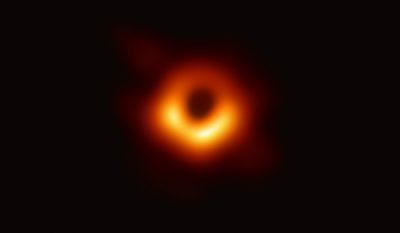
This image is the first ever taken of a black hole, captured by the Event Horizon Telescope (EHT) project. The black center is a direct view of the event horizon of a supermassive black hole with a mass of 6.5 billion times the Sun, lying at the center of the Virgo cluster of galaxies. The bright ring is emission from hot gas just above the event horizon, with an asymmetric shape caused by gravitational lensing of light in the strong gravity of the black hole. The EHT collaboration captured the image using a network of 8 radio telescopes that spanned the Earth, effectively creating a planet-sized interferometer.
This result directly impacts research in galaxy evolution and cosmology that is being carried out at UConn. The following comments from UConn Astrophysics researchers indicate the level of interest that this result has generated within the international Astrophysics community.
This is a stunning technical achievement. Supermassive black holes are the most extreme objects in the Universe, bizarre rips in spacetime that lie in the center of every massive galaxy. But despite their extreme properties, black holes have a remarkably simple mathematical description, with just a few numbers describing all of their vital properties: mass, size, and spin. Until now, the only way to measure black holes was through indirect methods, like my own research program that uses the timing of light echoes in the surrounding gas. The Event Horizon Telescope black hole image is a tremendous first step in a new understanding of extreme gravity and the detailed astrophysics of black holes. – Jonathan Trump, Assistant Professor
I am fascinated by this result and how we can actually see a direct image of a black hole that is a trillion times our distance to the Sun. This is truly an amazing result for human beings achieved within the limitation of our observational instruments. As an observational astronomer who works with black holes, this result also opens up new possibilities to learn about their unknown features such as black hole spin that could revolutionize our understanding of black hole physics. – Yasaman Homayouni, Graduate Student
This result is a beautiful demonstration of what is possible when the global community works in concert towards a scientific goal. Sometimes the greatest discoveries are not found by the biggest new telescopes in space, but through creative thinking, years of dedicated effort, and big data techniques, building upon what we have here on Earth. – Cara Battersby, Assistant Professor
It is truly extraordinary to be able to provide this new evidence for Einstein’s ideas on space and time through observations made no less than one hundred years since he first proposed them. As to the discovery itself, there are two aspects to black holes, one is that they pull everything in, and the other is that they do not let anything out. With nothing being able to get out, they thus look black to an observer on the outside, to thereby give them their black hole name. Now for many years we have had evidence of things falling into black holes, but had never previously had any evidence that things cannot get out. These new data show a fireball ring of things falling in, with the ring surrounding a black space in the center where nothing can get out. We thus confirm that indeed nothing can escape a black hole. – Philip Mannheim, Professor
For more about this topic, see this recent article in the Daily Campus, UConn Astronomy Community Responds Joyously to M87 Black Hole Image.
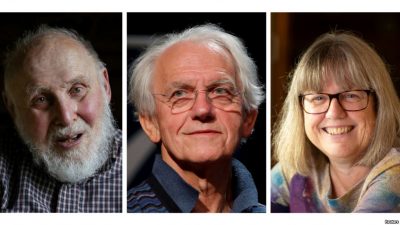

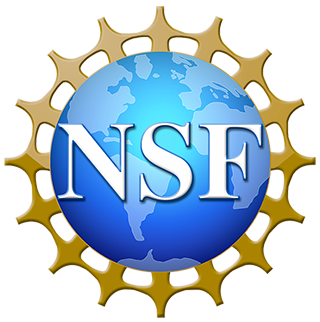
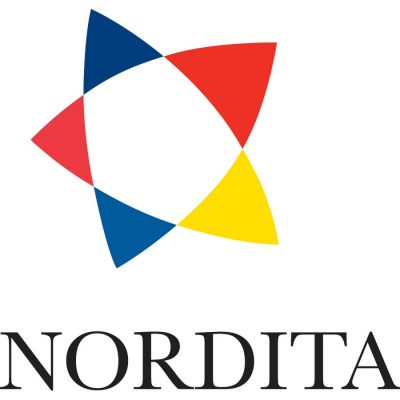
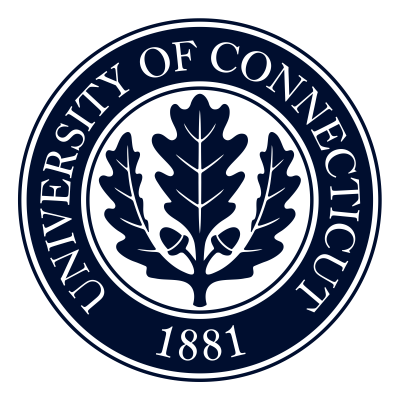
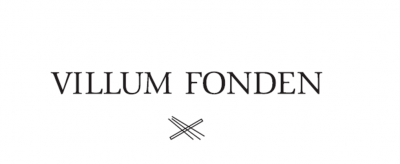
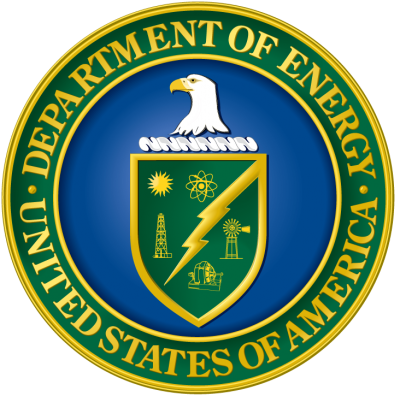

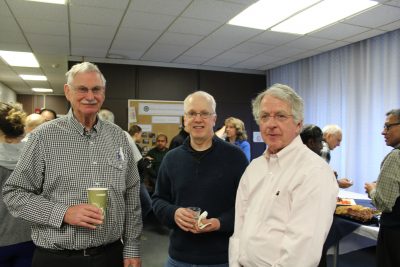 Friday afternoon on April 20, 2018 the UConn Physics Department held a colloquium in honor of Professor Douglas Hamilton on the occasion of his retirement from active service on the faculty. The colloquium was MC’ed by Prof. Jason Hancock, who surveyed the highlights of a career spanning four decades marked by notable accomplishments in research, teaching, and service. Several of Doug’s former students also presented tributes to their mentor, some in person, and some by video or written message, expressing their gratitude for what they learned from him, both by instruction and example. At the end of the hour, Doug presented some final comments, which were followed by a standing ovation in recognition of Doug’s many contributions to our field, our department, and the University. Doug, you will be missed!
Friday afternoon on April 20, 2018 the UConn Physics Department held a colloquium in honor of Professor Douglas Hamilton on the occasion of his retirement from active service on the faculty. The colloquium was MC’ed by Prof. Jason Hancock, who surveyed the highlights of a career spanning four decades marked by notable accomplishments in research, teaching, and service. Several of Doug’s former students also presented tributes to their mentor, some in person, and some by video or written message, expressing their gratitude for what they learned from him, both by instruction and example. At the end of the hour, Doug presented some final comments, which were followed by a standing ovation in recognition of Doug’s many contributions to our field, our department, and the University. Doug, you will be missed!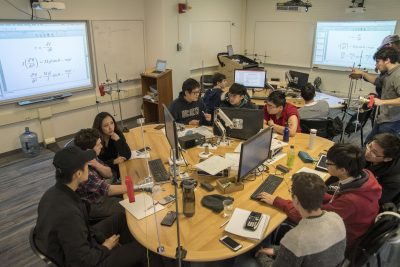
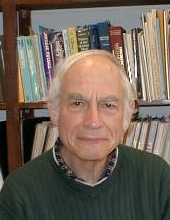
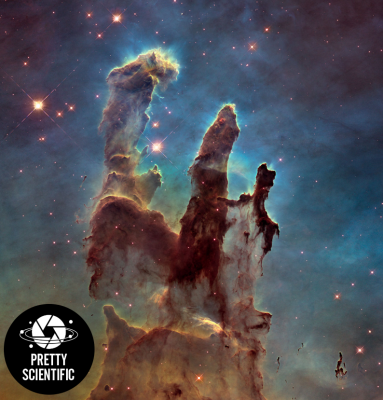 Gizmodo has recently launched a new series of articles to explore how the best images in science were created and why. In
Gizmodo has recently launched a new series of articles to explore how the best images in science were created and why. In 